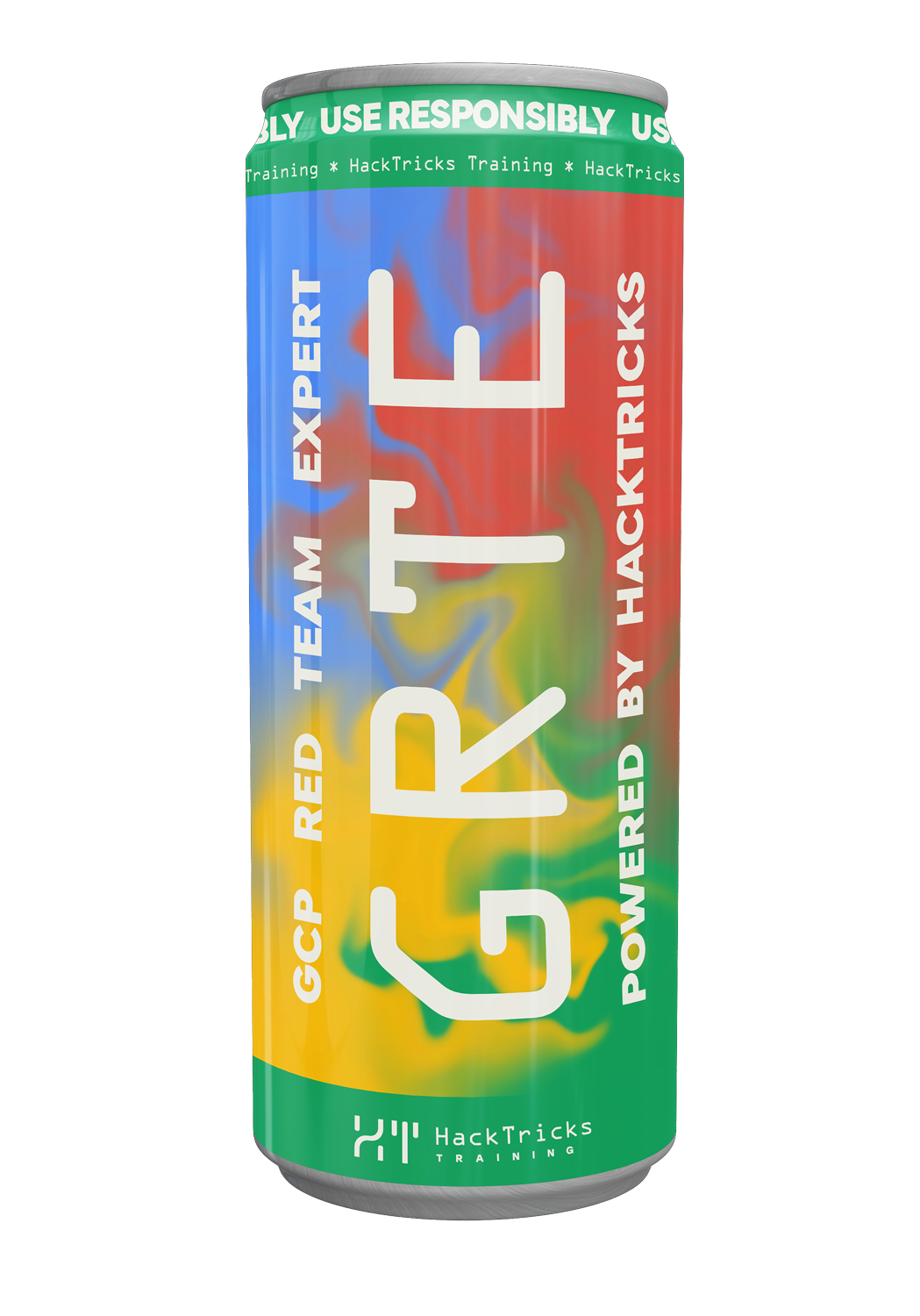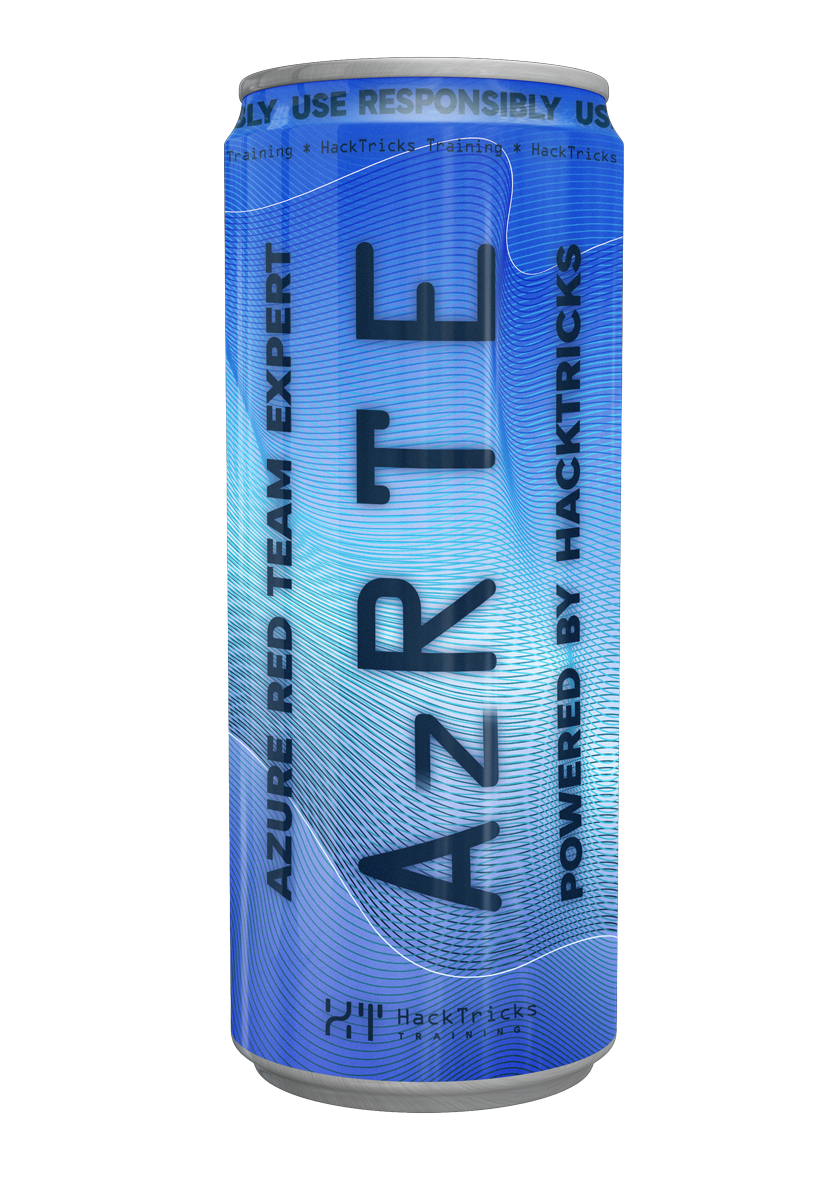AWS - EKS Post Exploitation
Reading time: 6 minutes
tip
Вивчайте та практикуйте AWS Hacking: HackTricks Training AWS Red Team Expert (ARTE)
HackTricks Training AWS Red Team Expert (ARTE)
Вивчайте та практикуйте GCP Hacking:  HackTricks Training GCP Red Team Expert (GRTE)
HackTricks Training GCP Red Team Expert (GRTE) Вивчайте та практикуйте Azure Hacking:
Вивчайте та практикуйте Azure Hacking:  HackTricks Training Azure Red Team Expert (AzRTE)
HackTricks Training Azure Red Team Expert (AzRTE)
Підтримка HackTricks
- Перевірте плани підписки!
- Приєднуйтесь до 💬 групи Discord або групи Telegram або слідкуйте за нами в Twitter 🐦 @hacktricks_live.
- Діліться хакерськими трюками, надсилаючи PR до HackTricks та HackTricks Cloud репозиторіїв на GitHub.
EKS
Для отримання додаткової інформації перегляньте
Перерахування кластера через AWS Console
Якщо у вас є дозвіл eks:AccessKubernetesApi, ви можете переглядати Kubernetes objects через AWS EKS console (Learn more).
Підключення до AWS Kubernetes Cluster
- Простий спосіб:
# Generate kubeconfig
aws eks update-kubeconfig --name aws-eks-dev
- Не такий простий спосіб:
Якщо ви можете отримати токен за допомогою aws eks get-token --name <cluster_name>, але у вас немає дозволів на отримання інформації про кластер (describeCluster), ви можете підготувати власний ~/.kube/config. Однак, маючи токен, вам все одно потрібен url endpoint для підключення (якщо вам вдалося отримати JWT token з pod — читайте here) та назва кластера.
У моєму випадку я не знайшов інформацію в CloudWatch logs, але я знайшов її в LaunchTemaplates userData і також у EC2 машинах в userData. Цю інформацію можна легко побачити в userData, наприклад у наступному прикладі (назва кластера була cluster-name):
API_SERVER_URL=https://6253F6CA47F81264D8E16FAA7A103A0D.gr7.us-east-1.eks.amazonaws.com
/etc/eks/bootstrap.sh cluster-name --kubelet-extra-args '--node-labels=eks.amazonaws.com/sourceLaunchTemplateVersion=1,alpha.eksctl.io/cluster-name=cluster-name,alpha.eksctl.io/nodegroup-name=prd-ondemand-us-west-2b,role=worker,eks.amazonaws.com/nodegroup-image=ami-002539dd2c532d0a5,eks.amazonaws.com/capacityType=ON_DEMAND,eks.amazonaws.com/nodegroup=prd-ondemand-us-west-2b,type=ondemand,eks.amazonaws.com/sourceLaunchTemplateId=lt-0f0f0ba62bef782e5 --max-pods=58' --b64-cluster-ca $B64_CLUSTER_CA --apiserver-endpoint $API_SERVER_URL --dns-cluster-ip $K8S_CLUSTER_DNS_IP --use-max-pods false
kube config
describe-cache-parametersapiVersion: v1
clusters:
- cluster:
certificate-authority-data: LS0tLS1CRUdJTiBDRVJUSUZJQ0FURS0tLS0tCk1JSUMvakNDQWVhZ0F3SUJBZ0lCQURBTkJna3Foa2lHOXcwQkFRc0ZBREFWTVJNd0VRWURWUVFERXdwcmRXSmwKY201bGRHVnpNQjRYRFRJeU1USXlPREUyTWpjek1Wb1hEVE15TVRJeU5URTJNamN6TVZvd0ZURVRNQkVHQTFVRQpBeE1LYTNWaVpYSnVaWFJsY3pDQ0FTSXdEUVlKS29aSWh2Y05BUUVCQlFBRGdnRVBBRENDQVFvQ2dnRUJBTDlXCk9OS0ZqeXZoRUxDZGhMNnFwWkMwa1d0UURSRVF1UzVpRDcwK2pjbjFKWXZ4a3FsV1ZpbmtwOUt5N2x2ME5mUW8KYkNqREFLQWZmMEtlNlFUWVVvOC9jQXJ4K0RzWVlKV3dzcEZGbWlsY1lFWFZHMG5RV1VoMVQ3VWhOanc0MllMRQpkcVpzTGg4OTlzTXRLT1JtVE5sN1V6a05pTlUzSytueTZSRysvVzZmbFNYYnRiT2kwcXJSeFVpcDhMdWl4WGRVCnk4QTg3VjRjbllsMXo2MUt3NllIV3hhSm11eWI5enRtbCtBRHQ5RVhOUXhDMExrdWcxSDBqdTl1MDlkU09YYlkKMHJxY2lINjYvSTh0MjlPZ3JwNkY0dit5eUNJUjZFQURRaktHTFVEWUlVSkZ4WXA0Y1pGcVA1aVJteGJ5Nkh3UwpDSE52TWNJZFZRRUNQMlg5R2c4Q0F3RUFBYU5aTUZjd0RnWURWUjBQQVFIL0JBUURBZ0trTUE4R0ExVWRFd0VCCi93UUZNQU1CQWY4d0hRWURWUjBPQkJZRUZQVXFsekhWZmlDd0xqalhPRmJJUUc3L0VxZ1hNQlVHQTFVZEVRUU8KTUF5Q0NtdDFZbVZ5Ym1WMFpYTXdEUVlKS29aSWh2Y05BUUVMQlFBRGdnRUJBS1o4c0l4aXpsemx0aXRPcGcySgpYV0VUSThoeWxYNWx6cW1mV0dpZkdFVVduUDU3UEVtWW55eWJHbnZ5RlVDbnczTldMRTNrbEVMQVE4d0tLSG8rCnBZdXAzQlNYamdiWFovdWVJc2RhWlNucmVqNU1USlJ3SVFod250ZUtpU0J4MWFRVU01ZGdZc2c4SlpJY3I2WC8KRG5POGlHOGxmMXVxend1dUdHSHM2R1lNR0Mvd1V0czVvcm1GS291SmtSUWhBZElMVkNuaStYNCtmcHUzT21UNwprS3VmR0tyRVlKT09VL1c2YTB3OTRycU9iSS9Mem1GSWxJQnVNcXZWVDBwOGtlcTc1eklpdGNzaUJmYVVidng3Ci9sMGhvS1RqM0IrOGlwbktIWW4wNGZ1R2F2YVJRbEhWcldDVlZ4c3ZyYWpxOUdJNWJUUlJ6TnpTbzFlcTVZNisKRzVBPQotLS0tLUVORCBDRVJUSUZJQ0FURS0tLS0tCg==
server: https://6253F6CA47F81264D8E16FAA7A103A0D.gr7.us-west-2.eks.amazonaws.com
name: arn:aws:eks:us-east-1:<acc-id>:cluster/<cluster-name>
contexts:
- context:
cluster: arn:aws:eks:us-east-1:<acc-id>:cluster/<cluster-name>
user: arn:aws:eks:us-east-1:<acc-id>:cluster/<cluster-name>
name: arn:aws:eks:us-east-1:<acc-id>:cluster/<cluster-name>
current-context: arn:aws:eks:us-east-1:<acc-id>:cluster/<cluster-name>
kind: Config
preferences: {}
users:
- name: arn:aws:eks:us-east-1:<acc-id>:cluster/<cluster-name>
user:
exec:
apiVersion: client.authentication.k8s.io/v1beta1
args:
- --region
- us-west-2
- --profile
- <profile>
- eks
- get-token
- --cluster-name
- <cluster-name>
command: aws
env: null
interactiveMode: IfAvailable
provideClusterInfo: false
З AWS до Kubernetes
The creator of the EKS cluster is ЗАВЖДИ going to be able to get into the kubernetes cluster part of the group system:masters (k8s admin). At the time of this writing there is no direct way to find who created the cluster (you can check CloudTrail). And the is no way to remove that privilege.
The way to grant доступ до K8s для більшої кількості AWS IAM users або roles is using the configmap aws-auth.
warning
Therefore, anyone with write access over the config map aws-auth will be able to compromise the whole cluster.
For more information about how to grant extra privileges to IAM roles & users in the same or different account and how to abuse this to privesc check this page.
Check also this awesome post to learn how the authentication IAM -> Kubernetes work.
З Kubernetes до AWS
It's possible to allow an OpenID authentication for kubernetes service account to allow them to assume roles in AWS. Learn how this work in this page.
Отримання Api Server Endpoint з JWT Token
Декодувавши JWT token ми отримуємо cluster id & також region. Knowing that the standard format for EKS url is
https://<cluster-id>.<two-random-chars><number>.<region>.eks.amazonaws.com
Не знайшов жодної документації, яка пояснює критерії для 'двох символів' та 'числа'. Але, провівши кілька тестів, я помітив, що повторюються такі:
- gr7
- yl4
У будь-якому разі це лише 3 символи — їх можна bruteforce. Використай наведений нижче скрипт для генерації списку
from itertools import product
from string import ascii_lowercase
letter_combinations = product('abcdefghijklmnopqrstuvwxyz', repeat = 2)
number_combinations = product('0123456789', repeat = 1)
result = [
f'{''.join(comb[0])}{comb[1][0]}'
for comb in product(letter_combinations, number_combinations)
]
with open('out.txt', 'w') as f:
f.write('\n'.join(result))
Потім за допомогою wfuzz
wfuzz -Z -z file,out.txt --hw 0 https://<cluster-id>.FUZZ.<region>.eks.amazonaws.com
warning
Пам'ятайте замінити & .
Bypass CloudTrail
If an attacker obtains credentials of an AWS with permission over an EKS. If the attacker configures it's own kubeconfig (without calling update-kubeconfig) as explained previously, the get-token doesn't generate logs in Cloudtrail because it doesn't interact with the AWS API (it just creates the token locally).
So when the attacker talks with the EKS cluster, cloudtrail won't log anything related to the user being stolen and accessing it.
Note that the EKS cluster might have logs enabled that will log this access (although, by default, they are disabled).
EKS Ransom?
By default the user or role that created a cluster is ALWAYS going to have admin privileges over the cluster. And that the only "secure" access AWS will have over the Kubernetes cluster.
So, if an attacker compromises a cluster using fargate and removes all the other admins and deletes the AWS user/role that created the Cluster, the attacker could have ransomed the cluster.
tip
Зверніть увагу, що якщо кластер використовував EC2 VMs, можливо отримати Admin privileges з Node і відновити кластер.
Насправді, якщо cluster використовує Fargate, можна додати EC2 nodes або перемістити все до EC2 в кластері і відновити його, отримавши доступ до tokens на вузлі.
tip
Вивчайте та практикуйте AWS Hacking: HackTricks Training AWS Red Team Expert (ARTE)
HackTricks Training AWS Red Team Expert (ARTE)
Вивчайте та практикуйте GCP Hacking:  HackTricks Training GCP Red Team Expert (GRTE)
HackTricks Training GCP Red Team Expert (GRTE) Вивчайте та практикуйте Azure Hacking:
Вивчайте та практикуйте Azure Hacking:  HackTricks Training Azure Red Team Expert (AzRTE)
HackTricks Training Azure Red Team Expert (AzRTE)
Підтримка HackTricks
- Перевірте плани підписки!
- Приєднуйтесь до 💬 групи Discord або групи Telegram або слідкуйте за нами в Twitter 🐦 @hacktricks_live.
- Діліться хакерськими трюками, надсилаючи PR до HackTricks та HackTricks Cloud репозиторіїв на GitHub.
 HackTricks Cloud
HackTricks Cloud